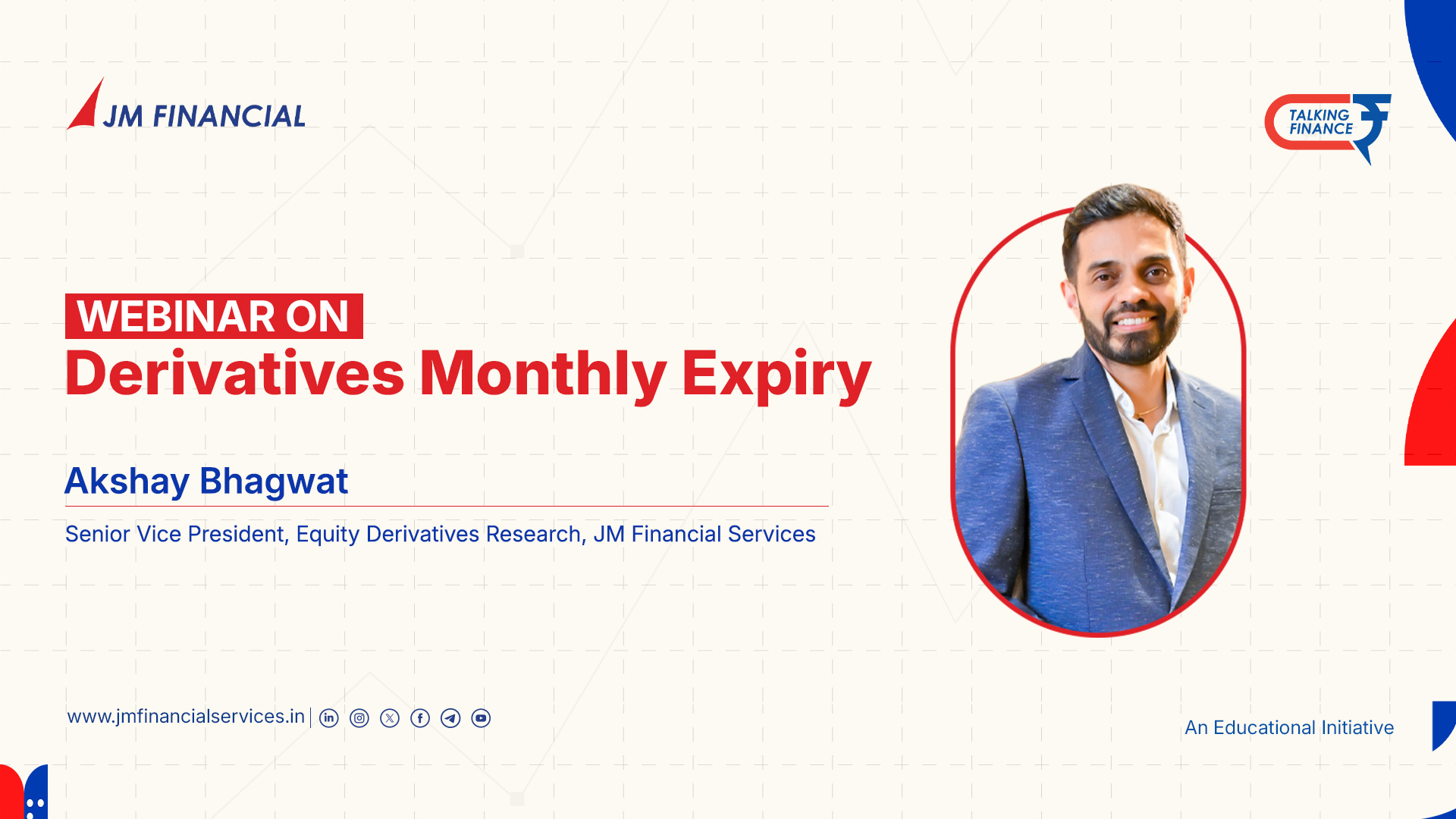Swing Trading vs Positional Trading – Which one is better for you ?
Every trader has a unique personality — some love the thrill of quick trades, while others prefer a calmer, more strategic approach. The stock market offers both kinds of opportunities through Swing Trading and Positional Trading.
But which one should you choose? Let’s break it down in simple terms to help you understand the difference and pick what suits your trading style best.
What is Swing Trading?
Swing trading focuses on capturing short- to medium-term price movements, typically lasting from a few days to a week or two.
Swing traders take advantage of price “swings” in the market — buying when they believe prices are about to rise and selling when they expect a pullback.
They rely heavily on technical indicators, chart patterns, and momentum signals to make decisions.
👉 Example:
If a stock shows bullish momentum after forming a breakout pattern, a swing trader might buy and hold it for a few days until it reaches the target level.
What is Positional Trading?
Positional trading, on the other hand, is a long-term strategy. Traders hold positions for several weeks or even months to benefit from larger market trends.
They don’t stress about daily volatility — instead, they look at fundamentals and broad technical trends to identify strong opportunities.
👉 Example:
If a company’s financials, sector outlook, and chart trends look positive, a positional trader may hold the stock for months, aiming for a higher return over time.
Swing Trading vs Positional Trading: Key Differences
|
Factor |
Swing Trading |
Positional Trading |
|
Holding Period |
Few days to a couple of weeks |
Several weeks to months |
|
Objective |
Capture short-term price swings |
Benefit from long-term trends |
|
Analysis Type |
Mainly technical |
Technical + Fundamental |
|
Risk Level |
Moderate to high |
Moderate |
|
Time Commitment |
Requires regular monitoring |
Requires occasional tracking |
|
Ideal For |
Active traders who enjoy fast-paced markets |
Long-term investors or working professionals |
|
Market Focus |
Volatile stocks with daily movement |
Stable stocks with strong fundamentals |
|
Profit Potential |
Smaller but more frequent |
Larger but less frequent |
Which is Better for You?
The right approach depends on your personality, goals, and schedule.
✅ If you love short-term action, tracking charts, and booking profits regularly — Swing Trading could be ideal for you.
✅ If you prefer patience, long-term thinking, and less screen time — Positional Trading may suit you better.
Some traders even combine both — using swing trading for short-term gains and positional trades for long-term wealth building.
Pros and Cons of Each
Pros:
- Quick returns
- Multiple trading opportunities
- Works well in volatile markets
Cons:
- Requires constant monitoring
- Higher transaction costs
- More prone to short-term reversals
Pros:
- Less stressful
- Lower brokerage and tax costs
- Focus on long-term trends
Cons:
- Requires patience
- May face overnight market risks
How JM Financial Services Helps Both Traders
Whether you’re a swing or positional trader, JM Financial Services provides the perfect ecosystem to help you grow:
- ⚙️ Advanced trading platforms for fast, reliable execution.
- 📊 Research insights & expert analysis to identify strong opportunities.
- 💡 Personalized advisory to match your trading style.
- 🔒 Trusted financial partner with decades of market expertise.
👉 Open your Demat and Trading Account with JM Financial Services and trade confidently — your way.
FAQs
1. Which is more profitable — swing or positional trading?
Both can be profitable, depending on your strategy and discipline. Swing trading offers quicker returns; positional trading offers bigger gains over time.
2. Is swing trading riskier than positional trading?
Yes, since swing traders face short-term volatility, their risk exposure is slightly higher.
3. Can I do both swing and positional trading?
Absolutely. Many traders balance short-term swing trades with long-term positional holdings for diversification.
4. Do I need different tools for each?
No — with a JM Financial Demat and trading account, you can seamlessly execute both strategies using the same platform.
- PAN Card
- Cancelled Cheque
- Latest 6 month Bank Statement (Only for Derivatives Trading)





